What are RFID portals?
In this article, we will explore RFID portals. You will learn what RFID portals are, how they work, and their various applications in asset tracking and workflow management. We'll cover the different types of integrated RFID portals, including transition portals, wall-mount portals, fixed RFID tunnels, and RFID tables, each designed for specific operational needs. You will also discover the key features and benefits of RFID portals, such as their ease of deployment, compatibility with existing systems, and their ability to improve asset visibility, workflow efficiency, and accuracy across various industries such as smart warehousing, logistics, and healthcare.
If you are already interested in RFID portals, you may contact us here.
What are RFID portals or RFID gates?
An RFID portal, also known as an RFID gate, is a system designed to automatically detect and register RFID tags on objects or devices passing through it. This enables seamless asset identification and the simultaneous processing of hundreds of RFID tags. RFID portals are typically installed in strategic locations such as doors, gates, or hallways to optimize asset tracking.
As inventory volumes and operational demands increase, businesses must maintain accurate, real-time visibility of their assets across warehouses and other environments. Integrated RFID portals are a proven solution for asset tracking and inventory management automation, enabling efficient scanning and registration of tagged assets as they move through operational checkpoints. By seamlessly integrating into a warehouse or business environment, these portals help streamline operations, providing businesses with fast, reliable, and automated inventory updates.
With integrated RFID portals, companies can better manage their inventory, reduce operational costs, and enhance workflow efficiency — all while receiving timely, automated data on the location and status of assets throughout the day.
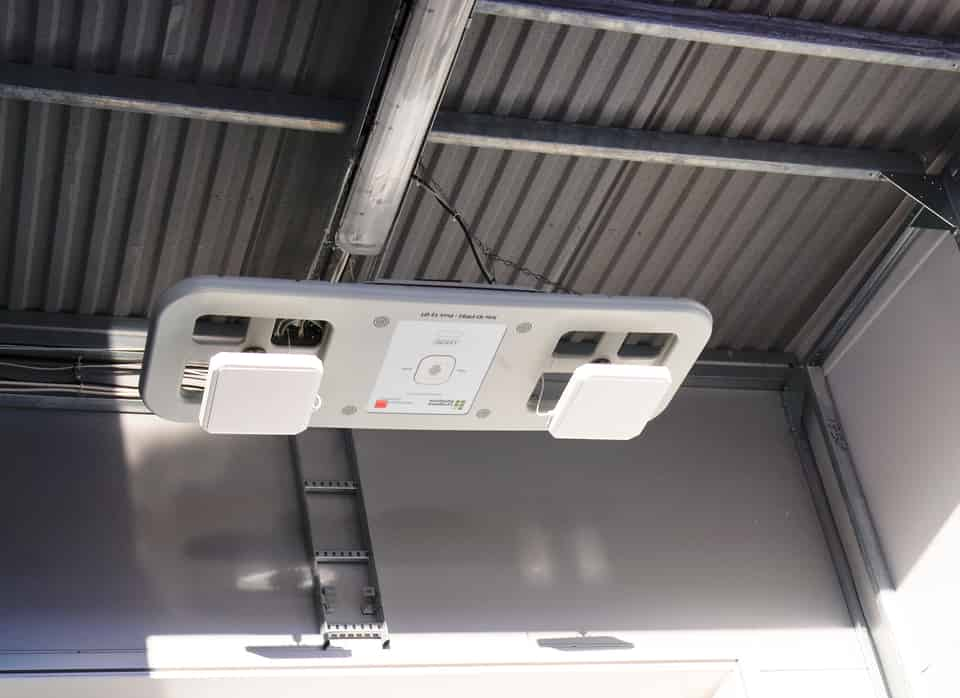
What are Lyngsoe Systems' RFID portals used for?
Integrated UHF RFID portals offer a versatile solution for workflow management, asset tracking, traceability, and compliance in a wide range of commercial and industrial environments. These portals help businesses maximise output and achieve high data accuracy by automating the asset tracking process. They are widely used in industries such as warehousing, manufacturing, pharmaceuticals, laboratories, hospitals, and retail logistics.
With the ability to track a diverse array of assets — from IT equipment and lab specimens to pharmaceutical products and retail inventory — integrated RFID portals are a critical component in ensuring efficient operations. These systems provide real-time data that enables companies to manage their assets more effectively, ensuring accuracy and compliance in their day-to-day operations.
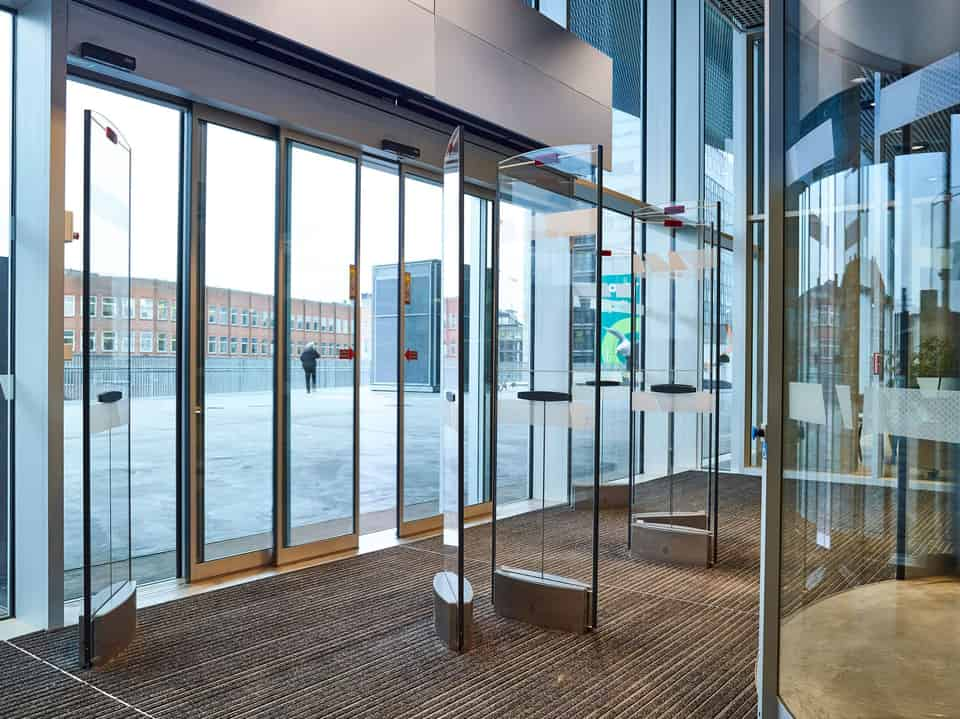
How do RFID portals work?
RFID portals function similarly to standard RFID readers. Each portal contains a transceiver and antenna. The transceiver emits radio signals within a designated “read zone,” which activates the RFID tags on passing objects. Once activated, the tag’s information is transmitted via the antenna, allowing the system to log the movement of assets as they pass through the portal.
Read our article: What is RFID and learn more about the technology.
Learn more about the types of integrated RFID portals
Integrated RFID portals come in various forms tailored to different operational requirements. At Lyngsoe Systems, our integrated RFID solutions include:
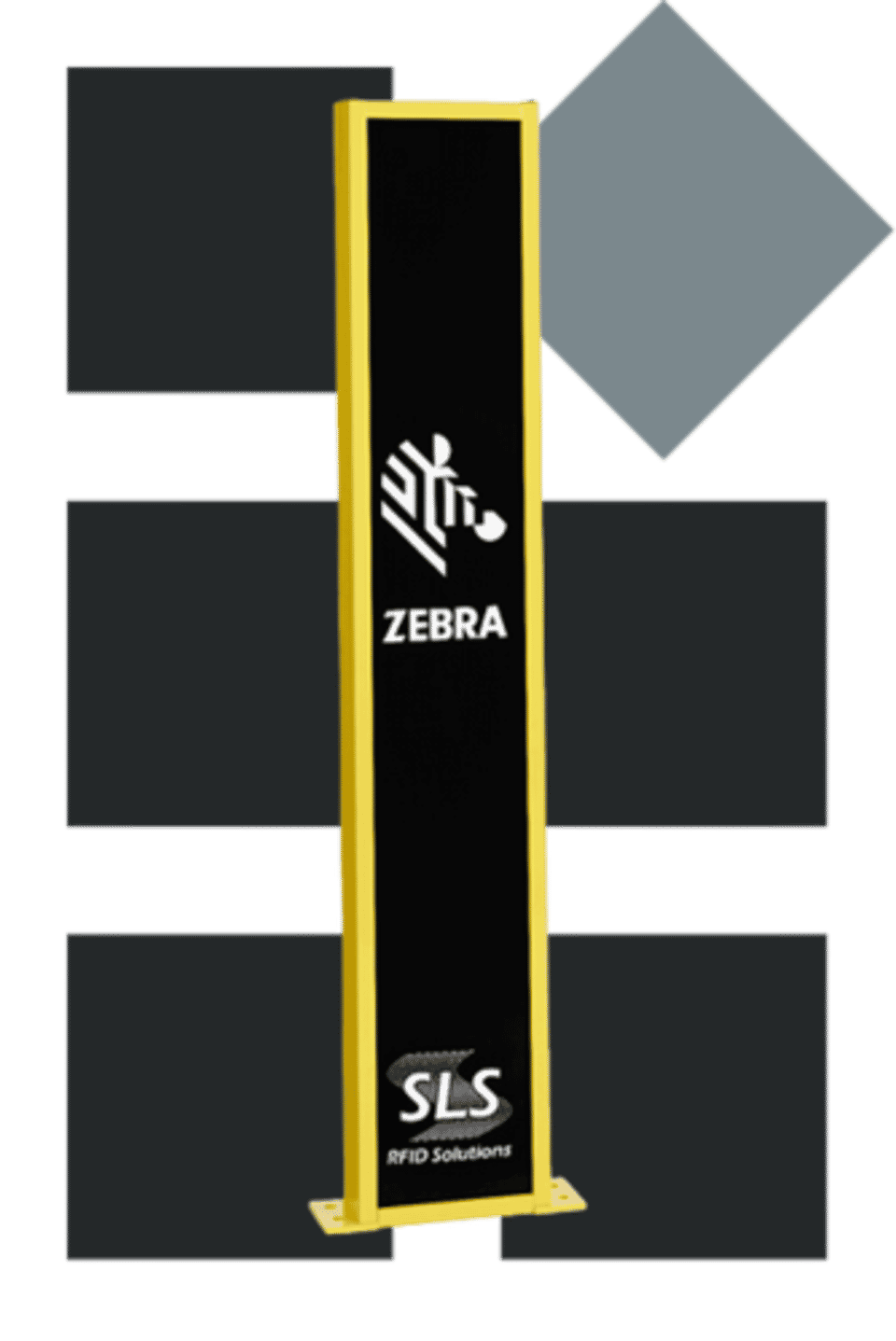
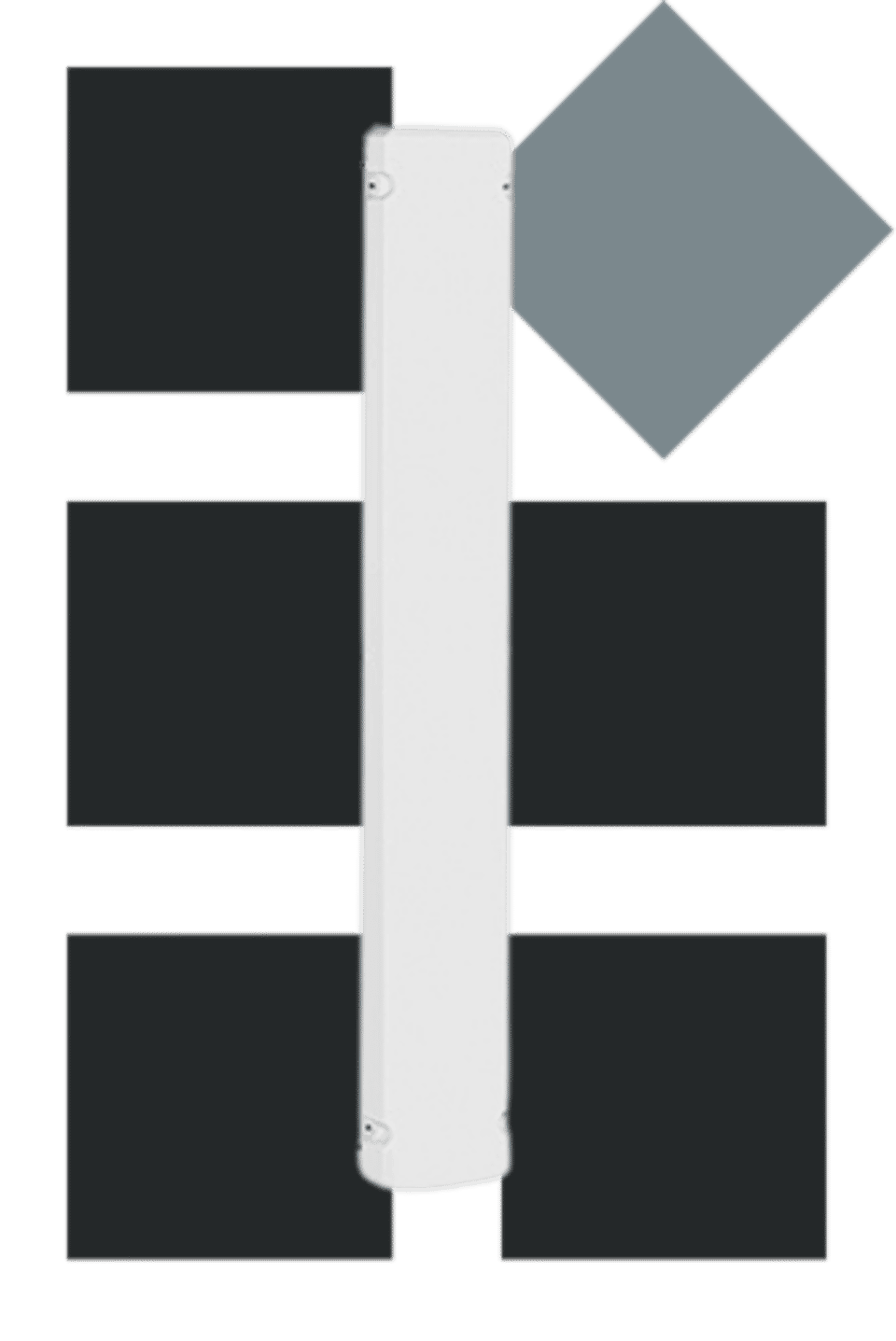
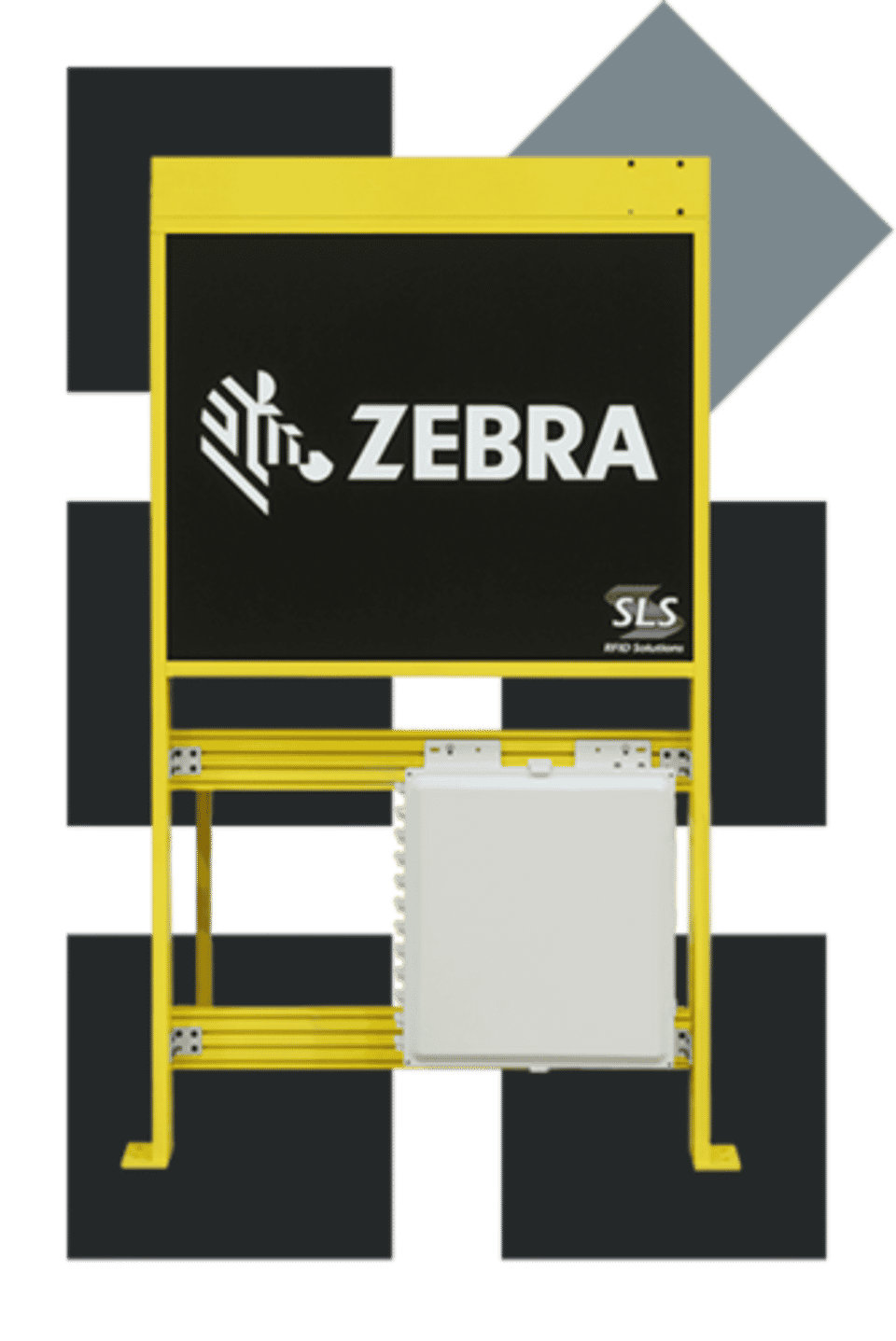
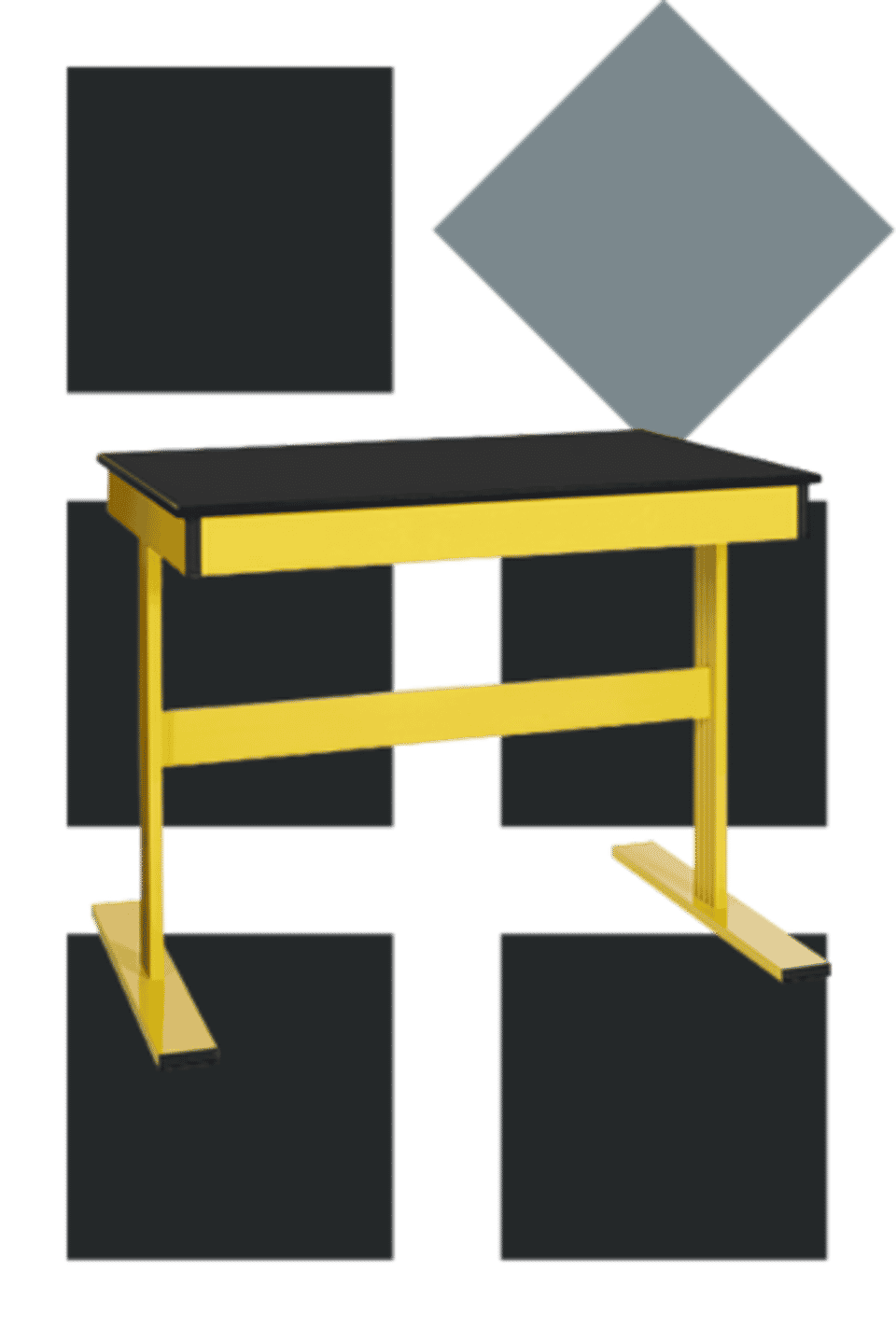
Transition RFID portals are primarily used at dock doors to automate asset tracking and minimize manual scanning at key checkpoints. Our wall-mounted RFID portals provide flexible tracking solutions that are typically placed in doorways and hallways near storage areas, offices, and warehouses. Fixed RFID tunnels are ideal for conveyor operations, automatically scanning tagged items to enhance workflow efficiency and accuracy. Integrated RFID tables feature antennas mounted underneath, allowing items placed on the table to be scanned from any orientation, ensuring all assets are accounted for as they move through operations.
RFID portals with focus on intuitiveness
Our integrated RFID portals are super intuitive and here is why. They have a lot of features that make them easy to deploy in various environments. Lyngsoe Systems’ portals are delivered fully assembled and utilize Power over Ethernet (PoE) for straightforward setup.
They are compatible with existing RFID readers, scanners, and tags, allowing businesses to integrate them with their current systems without incurring additional costs. Designed to withstand a variety of environments, these portals are well-suited for transportation-, manufacturing-, logistics-, and healthcare asset tracking.
The advantages of integrated RFID portals
The benefits of integrated RFID portals are substantial for warehouse and manufacturing operations. By applying RFID tags to assets, companies can automatically log them as they pass through each portal, ensuring accurate inventory tracking throughout the facility. These portals use advanced antenna technology to maintain high accuracy, even in challenging environments, by preventing missed scans and tuning out crosstalk. This results in improved asset visibility and optimized operational efficiency.
Explore More
FAQ
What is an RFID portal?
An RFID portal, also called an RFID gate, is a system that automatically detects and registers RFID tags on objects passing through it. This enables fast, accurate, and automated asset tracking without manual scanning.
How can RFID portals help my business?
RFID portals automate asset tracking, giving you real-time visibility of inventory and equipment. This reduces manual work, improves accuracy, and helps cut operational costs.
Are RFID portals easy to set up and integrate?
Yes. RFID portals are delivered fully assembled and use Power over Ethernet for simple installation. They integrate seamlessly with your existing RFID systems, readers, and tags.